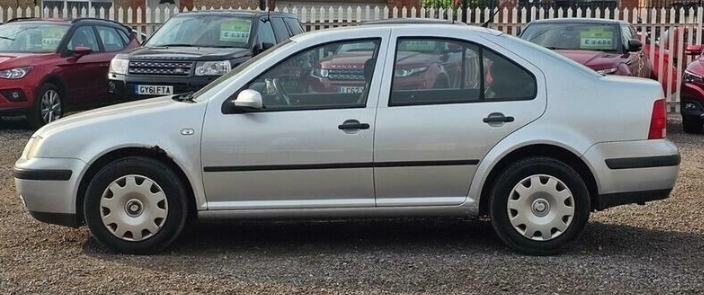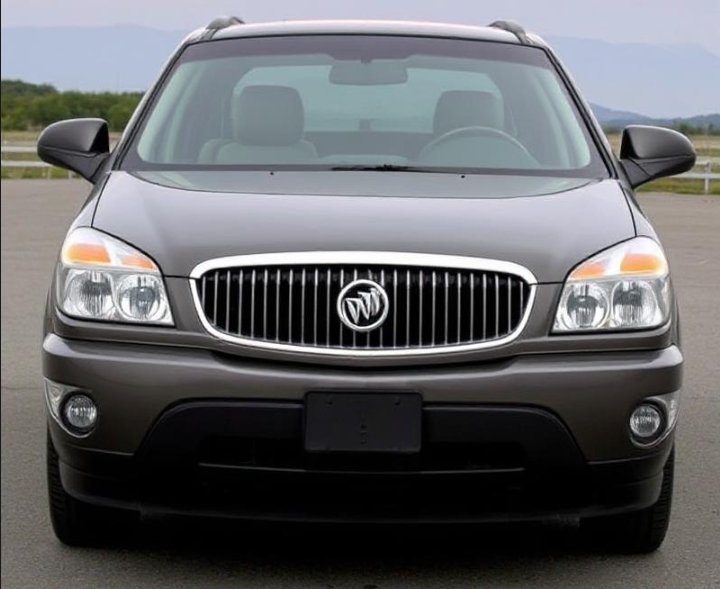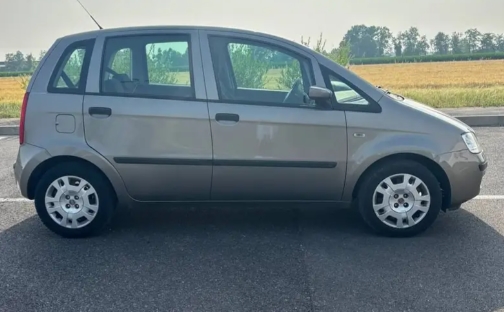The Evolution of the Suzuki SX4
The Suzuki SX4 is a compact car that marked Suzuki’s foray into the crossover and subcompact SUV markets. Launched in the mid-2000s, the SX4 was positioned as a versatile, affordable vehicle aimed at consumers seeking practicality, styling, and a touch of off-road capability. Over the years, the SX4 underwent significant changes, both in design and in available features, reflecting shifts in automotive trends and consumer preferences. This article traces the evolution of the Suzuki SX4 from its inception to its discontinuation, highlighting production years, models, and trim levels.
Origins and Launch (2006-2013)
Introduction and Development
Suzuki introduced the SX4 in 2006 as a 2007 model, debuting at the Geneva Motor Show. It was developed to fill the gap between small hatchbacks and compact SUVs, combining elements of both. The SX4 was built on a unibody platform shared with the Fiat Sedici, as part of a collaboration between Suzuki and Fiat.
Design and Features
The first-generation SX4 was characterized by a high stance, crossover styling cues, and versatile interior configurations. It was available in both sedan and hatchback variants, with a focus on affordability and practicality.
First Generation (2006-2013)
Production Period
- Model Years: 2007–2013
- Manufacturing Locations: Japan, India, Hungary, and China (various markets)
Models and Trim Levels
In its first generation, the SX4 was offered in multiple markets with varying trim levels, but common configurations included:
- Base Trim: Basic equipment, manual windows, and minimal interior features.
- Luxury/Convenience Trim: Added features such as power windows, air conditioning, and upgraded audio systems.
- Sport Trim (SX4 Sport): Featured sportier styling cues, alloy wheels, and sometimes a sport-tuned suspension.
Powertrain Options
- Engine: 2.0-liter four-cylinder engine producing approximately 143 horsepower.
- Transmission: 5-speed manual or 4-speed automatic (depending on market).
Market-Specific Variations
- In North America, the SX4 was primarily offered as a hatchback with the LE trim and the sportier SX4 Sport.
- In Europe and Asia, additional trims and variants with different equipment packages were available.
Facelift and Updates
In 2010, Suzuki introduced a mid-cycle facelift featuring:
- Updated front grille and bumper designs.
- New wheel designs.
- Minor interior upgrades.
- Introduction of Bluetooth and other modern features in higher trims.
Discontinuation of the First Generation (2013)
By 2013, Suzuki withdrew the SX4 from certain markets like North America due to declining sales and shifting corporate strategies, though production continued in some regions for local markets.
Second Generation (2013-2019)
Introduction and Development
Suzuki launched the second-generation SX4 in 2013, marking a significant redesign. This version was more modern, with improved styling, safety features, and a broader lineup.
Global Markets and Variants
The second-generation SX4 was sold globally under various names and configurations:
- In India: The SX4 became the Suzuki SX4 S-Cross, a compact crossover.
- In Europe and Asia: The SX4 was available as a crossover SUV and hatchback.
- In North America: The model was sold as the Suzuki SX4 Crossover, primarily as a subcompact crossover SUV.
Design and Features
The new SX4 featured a more SUV-like appearance, with higher ground clearance, a more aggressive front fascia, and improved aerodynamics. The interior benefitted from increased space, better materials, and modern infotainment options.
Second Generation Models and Trim Levels
The lineup varied by region, but common trims included:
- Base: Entry-level, with manual air conditioning, cloth seats, and basic audio.
- Premium: Added features such as power windows, keyless entry, and upgraded audio.
- All-Drive or AWD Variants: Available in some markets, offering all-wheel drive for improved off-road and adverse weather capability.
- S-Cross Trim (India): The S-Cross trim introduced in India included features like touchscreen infotainment, alloy wheels, and safety packages.
Powertrain Options
- Engine Choices:
- 1.6-liter gasoline engine (~118 horsepower)
- 1.4-liter turbocharged petrol (in some markets)
- 1.6-liter diesel in select regions
- Transmission:
- 5-speed manual
- 6-speed manual or CVT (Continuously Variable Transmission) in higher trims
Safety and Technology
The second-generation SX4 saw the addition of safety features like ABS, airbags, and stability control in higher trims. Infotainment options included touchscreen displays, Bluetooth connectivity, and navigation systems (depending on the market).
.
Many car aficionados have multiple hobbies, like boating as well as auto stuff. Those who don’t already own a boat (and even some that do), may have thought about building their own boats. It’s really not as hard as you’d think. Just take a look at these easy boat building plans!

.
End of Production and Discontinuation (2019)
Suzuki officially discontinued the SX4 in many markets by 2019, focusing instead on the newer Suzuki Vitara and other models. The SX4’s legacy remains as a versatile, budget-friendly crossover that appealed to a wide demographic.
Summary of Key Models and Trim Levels
| Generation | Years | Notable Models / Trims | Key Features |
|---|---|---|---|
| 1st Gen | 2007-2013 | Base, Luxury, Sport (varied by market) | 2.0L engine, manual/automatic, sporty and comfort trims |
| 2nd Gen | 2013-2019 | Base, Premium, S-Cross, AWD variants | 1.6L petrol/diesel, CVT/manual, added safety tech |
Legacy and Impact
The Suzuki SX4 played an important role in expanding Suzuki’s global footprint, especially in emerging markets like India and Eastern Europe. Its design bridged the gap between traditional hatchbacks and SUVs, making it a practical choice for urban and rural consumers alike.
While the model line was phased out in favor of newer models, the SX4’s influence persists in Suzuki’s approach to crossover design and affordability. Its success demonstrated the market’s shift toward versatile, compact vehicles that combine the practicality of a hatchback with the styling and elevated stance of an SUV.
Conclusion
The Suzuki SX4’s evolution from 2006 to 2019 encapsulates a period of significant change in global automotive trends. From its initial role as an affordable crossover to its later iterations with modern safety and tech features, the SX4 adapted to the demands of diverse markets. Though it has now been discontinued, the SX4 remains a notable chapter in Suzuki’s history and a testament to the brand’s commitment to versatile, accessible vehicles.







